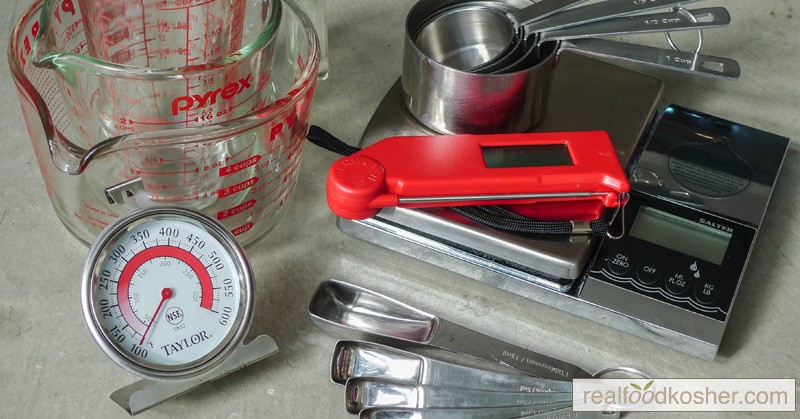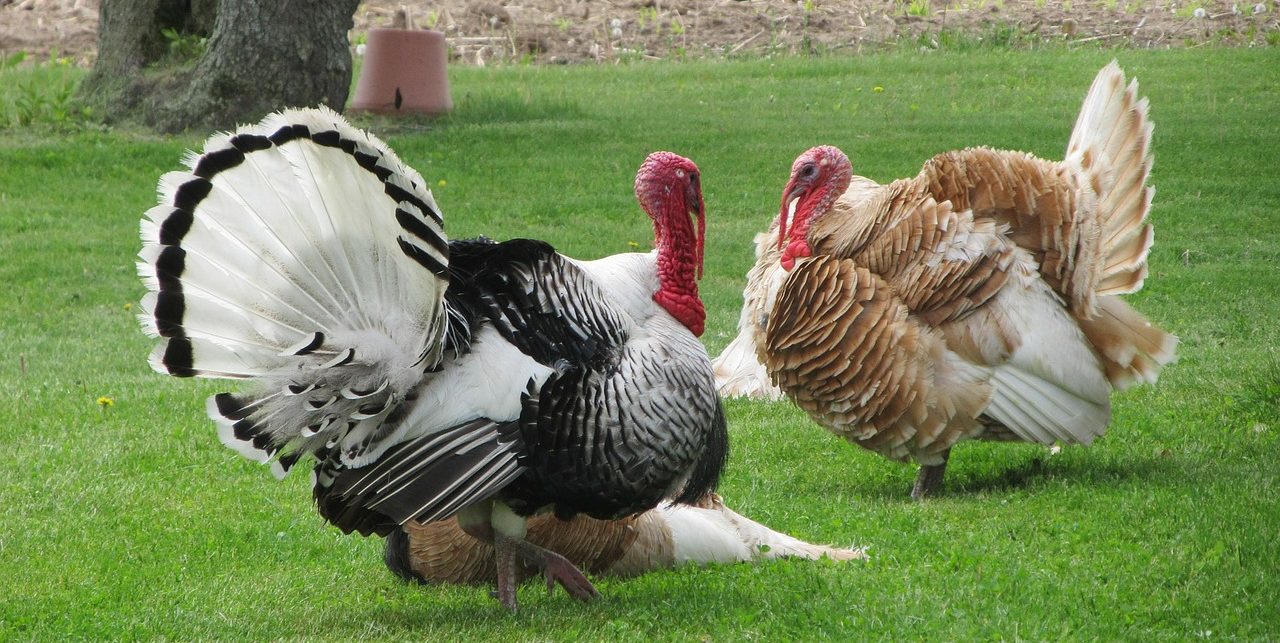TURKEY QUESTIONS ANSWERED
Set your oven to 425° and get cookin’…
Some people are worried about the stuffing. Other’s can’t do without the mashed potatoes. And there is also the debate over using marshmallows with the sweet potatoes. But at the end of the day, Thanksgiving is all about the bird… the turkey is the centerpiece. And getting it right — delivering a succulent, perfectly browned, magazine-worthy specimen — presents the holiday’s biggest challenge.
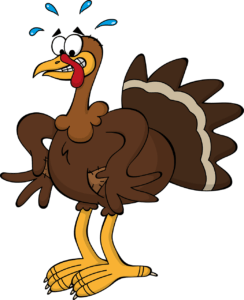
The bird
A 12- to 14-pound turkey gives you the best chance of cooking success. Anything larger is difficult. That’s because the white and dark meat need to be cooked to different temperatures, and the bigger the bird, the more difficult it is to nail that. If you need more than 14 pounds of turkey, you might want to roast two.
Brine brine brine!
Dry brine, wet brine, it doesn’t matter, just brine that bird. The typical wet brine submerges the turkey in water containing salt, sugar and aromatics such as sage, rosemary, thyme and black peppercorns.
Wet-brined birds must be patted down, then air-dried for several hours after brining before roasting them. To avoid the mess, you can use a dry brine — a rub of salt, sugar and dried herbs — a day or two before cooking. Dry-brined birds also will have a crispier skin.
The baste
Use the juices that collect in the pan and baste the turkey every 20 to 30 minutes, but no more. Opening the oven to baste more often than that will release all the heat from the oven and can significantly delay roasting times.
Roasting right
To promote a crisp, brown skin, many chefs recommend cranking the oven to 425 degrees during the first or last 30 to 45 minutes of cooking. Just be sure to protect the delicate breast meat. If using high heat at the beginning, start with the bird breast-side down, Lancaster says. After 45 minutes, turn the turkey over and continue roasting at 325 degrees.
If you brown at the end, cook the bird breast-side up at 325 degrees, but tent the breast with foil. Remove the foil for the last hour of cooking, then increase the heat to 425 degrees for the last 30 minutes.
The temperature
Chefs generally recommend letting the breast meat reach somewhere between 160-165 degrees F and to take dark meat to a temperature of 180.
The standard higher temperatures give you standard dry turkey meat. Lower temperatures mean juicier meat. Therefore, try fcooking the turkey to below the 165 degrees. That’s because roasted meats continue to rise in temperature after they are removed from the oven. And that’s why if you leave it in the oven until it reaches 165 degrees you’ll end up with an overcooked turkey.
The rest
Regardless of how you cook the turkey, make sure you let it sit, undisturbed, on a cutting board or platter for at least 30 minutes before carving. This allows the bird to finish cooking more gently and reabsorb all of its juices, producing moist meat. To prevent it from cooling, cover the turkey with foil, then layer several kitchen or bath towels over it.
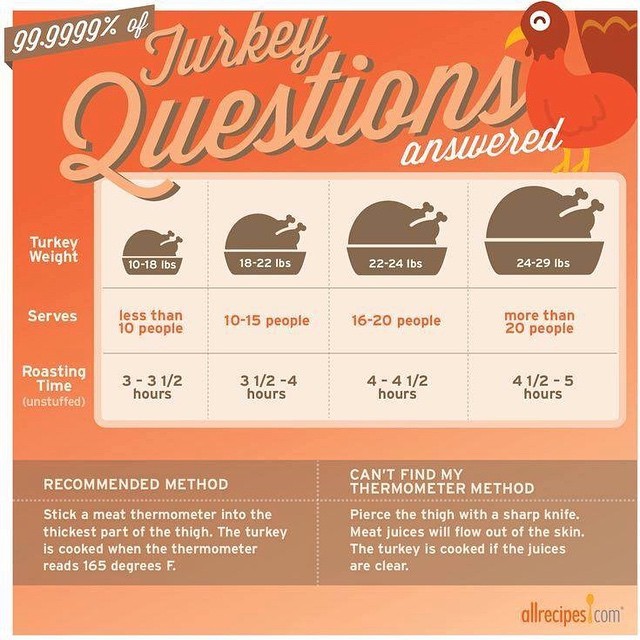
RECIPE
Classic Roast Turkey
Makes one 12- to 14-pound turkey. Recipe by Alison Ladman
1/2 cup kosher salt
2 tablespoons sugar
1 tablespoon ground black pepper
12- to 14-pound turkey
1/2 cup (1 stick) unsalted butter, room temperature
3 sprigs fresh rosemary
3 sprigs fresh sage
6 sprigs fresh thyme
In a small bowl, combine the salt, sugar and black pepper. Remove the neck and giblets from the turkey cavity. Use paper towels to pat the turkey dry, inside and out. Rub the salt mixture all over the turkey skin and inside the cavity. Place in a roasting pan and refrigerate, uncovered, for 8 hours or overnight.
Heat the oven to 425 degrees.
Rinse off the turkey, inside and out, then thoroughly dry with paper towels. Rub the butter under the skin of the turkey. Fit a roasting rack into the roasting pan and mist it with cooking spray. Set the turkey, breast side down, on the rack. Stuff the rosemary, sage and thyme into the cavity. Roast for 45 minutes.
Remove the turkey from the oven and lower the temperature to 325 degrees.
Using 2 pairs of sturdy tongs (or one pair of tongs and a long-handled spoon inserted into the cavity), or washable pot holders, flip the turkey over so that the bird is breast side up. Return to the oven and continue cooking.
Baste the turkey with any drippings that collect in the pan every 20 to 30 minutes, or until the turkey is cooked to 160 degrees at the breast and 175 degrees at the thigh, about 1 1/2 hours. Transfer the turkey to a carving board or serving platter and cover first with a layer of foil, then with several layers of clean kitchen towels. Allow the turkey to rest for 30 minutes before carving and serving. If desired, use the drippings to make pan gravy.
Per serving: 360 calories; 13 g fat (4 g saturated fat; 33 percent calories from fat); 0 g carbohydrates; 0 g sugar; 215 mg cholesterol; 490 mg sodium; 56 g protein; 0 g fiber.
Pan Gravy
Makes about 3 cups. Recipe by Alison Ladman
Drippings from roasting a turkey
Butter, melted (as needed)
1/2 cup white wine
2 cups low-sodium turkey or chicken broth or stock
3 to 4 tablespoons Wondra (instant) flour
Kosher salt and ground black pepper
Carefully transfer the turkey drippings from a roasting pan into a measuring cup. Do not scrape or clean the pan. Allow to sit for 5 minutes to settle. Once the drippings have settled, measure out 1/2 cup of the fat (that will be the top layer in the cup). If you have more than 1/2 cup fat, pour some off and discard. If you do not have enough, add butter to make the difference.
Return the 1/2 cup fat and all the liquid drippings to the roasting pan and set the pan over medium heat (you likely will need to use 2 burners). Add the white wine and scrap the bottom of the pan with a wooden spoon to loosen any browned bits.
Whisk in the broth or stock and bring to a simmer, whisking continuously. Sprinkle in the Wondra flour, continuing to whisk, and cook over medium heat until thickened, 2 to 3 minutes. Season with salt and pepper. If desired, before serving strain through a mesh strainer.
Adapted from article posted by The Detroit News

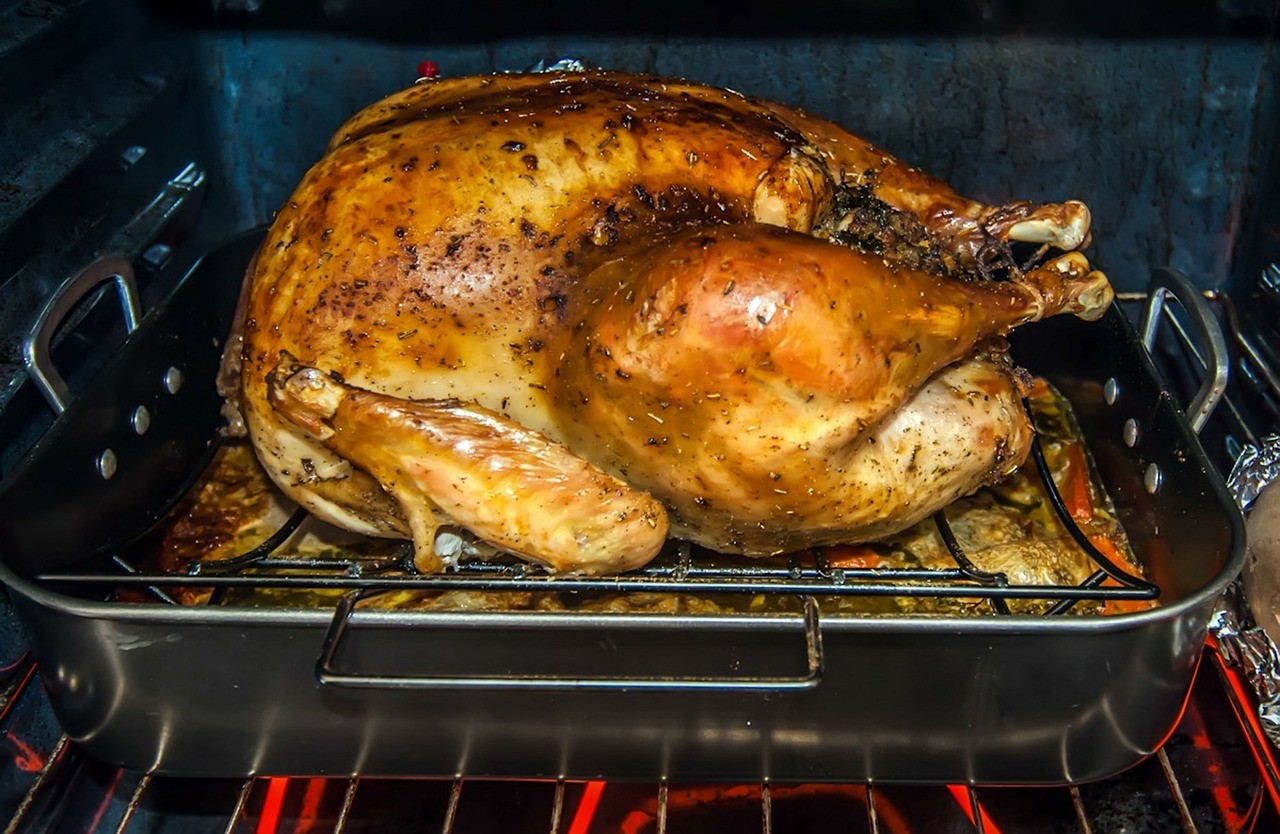



![Focused Me – [Oprah & Chopra Desire and Destiny Meditation Experience]](https://www.forevernaturalwellness.com/wp-content/uploads/2017/07/focus-5-150x150.jpg)
![Day 21 – The Highest Vision: Creative Evolution [Oprah and Deepak Chopra Teachings]](https://www.forevernaturalwellness.com/wp-content/uploads/2017/05/joy4-150x150.jpg)



